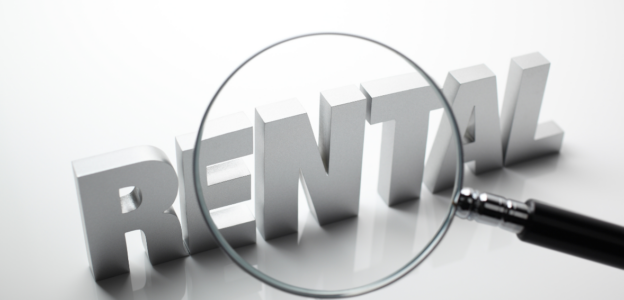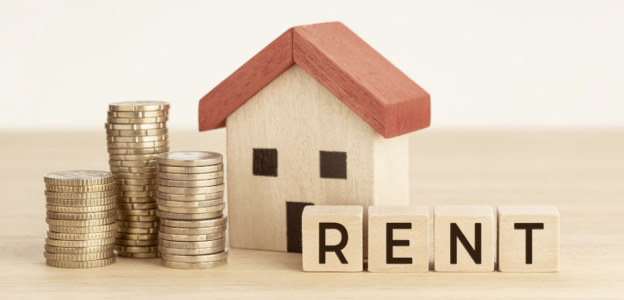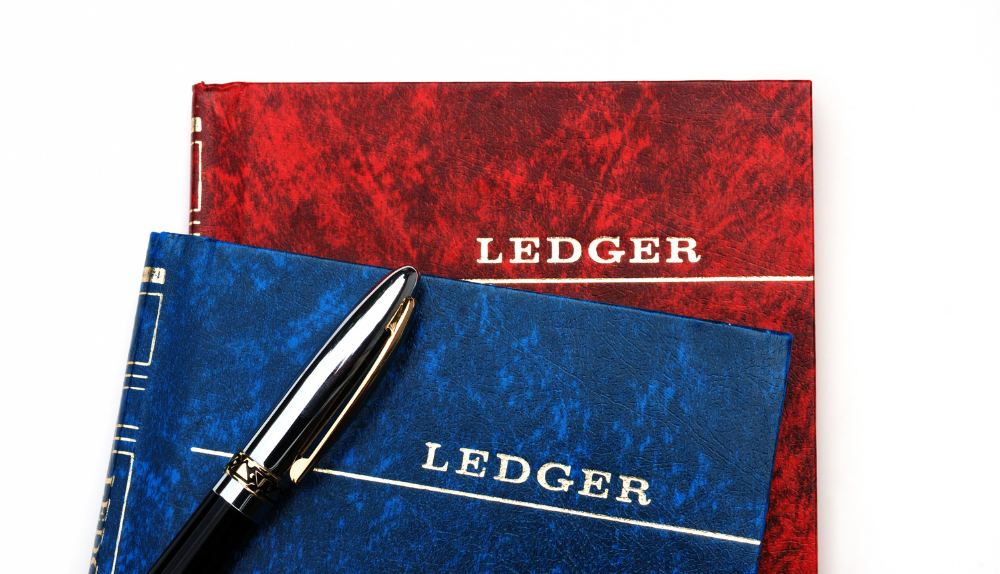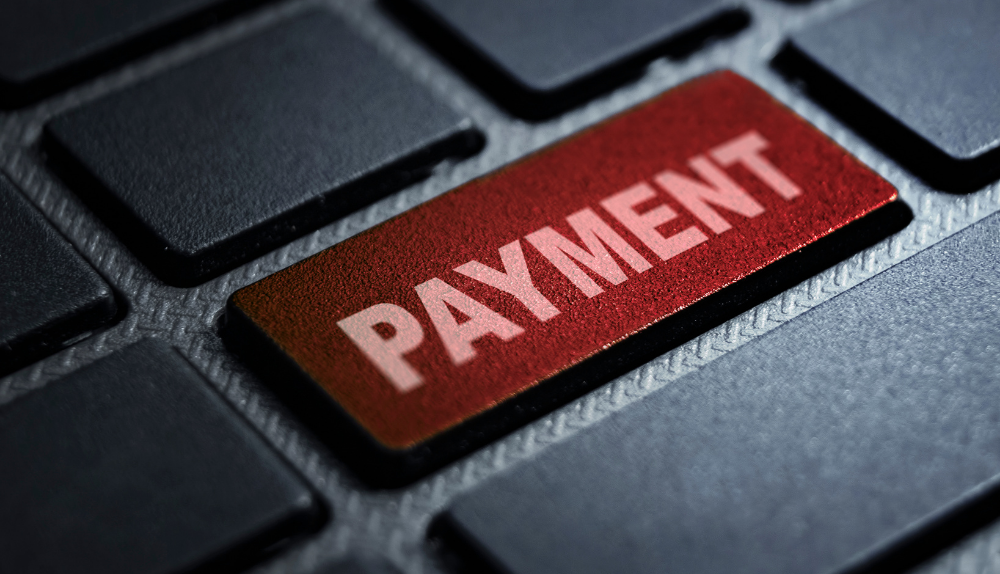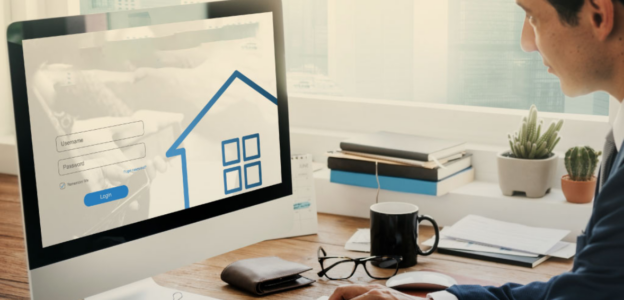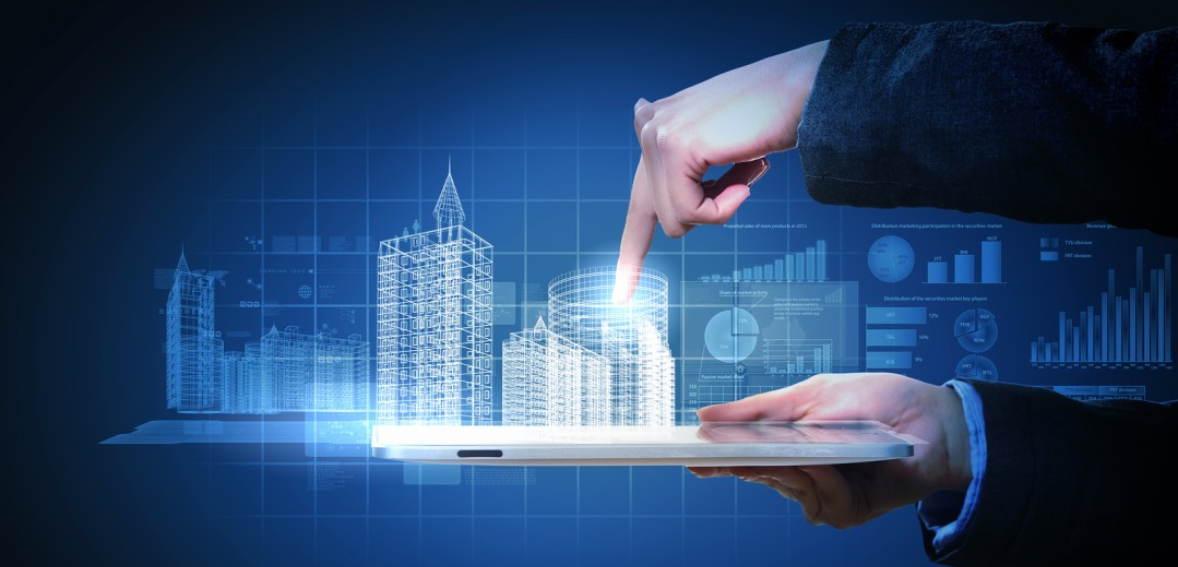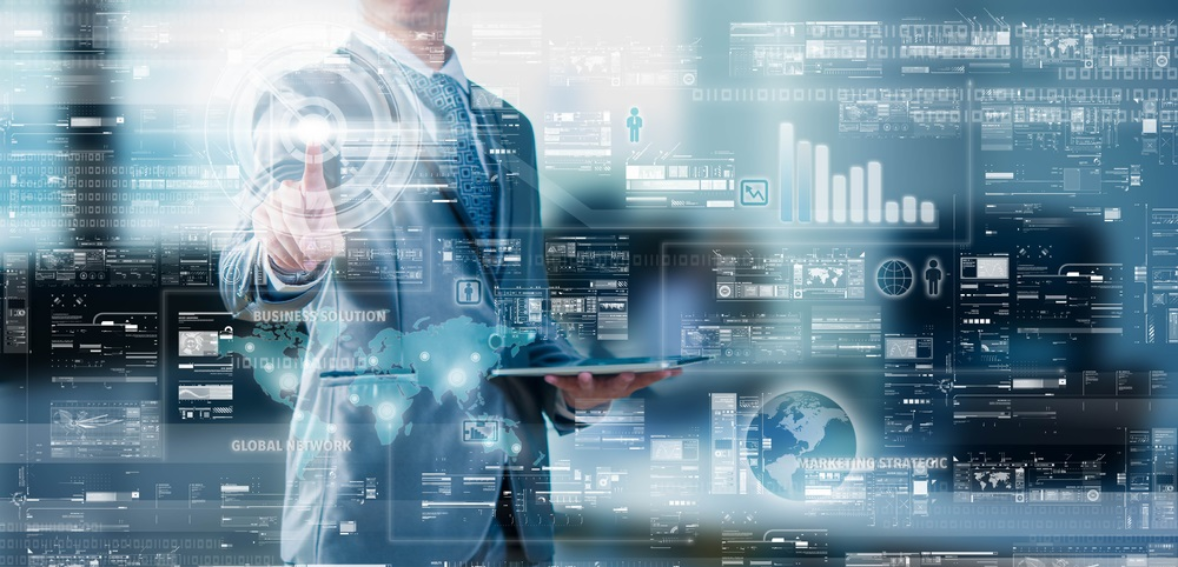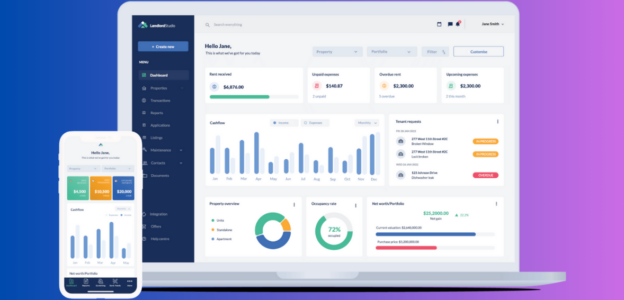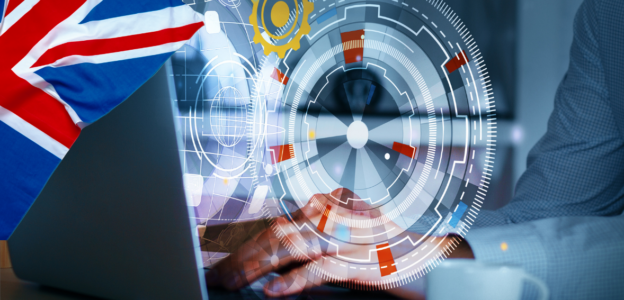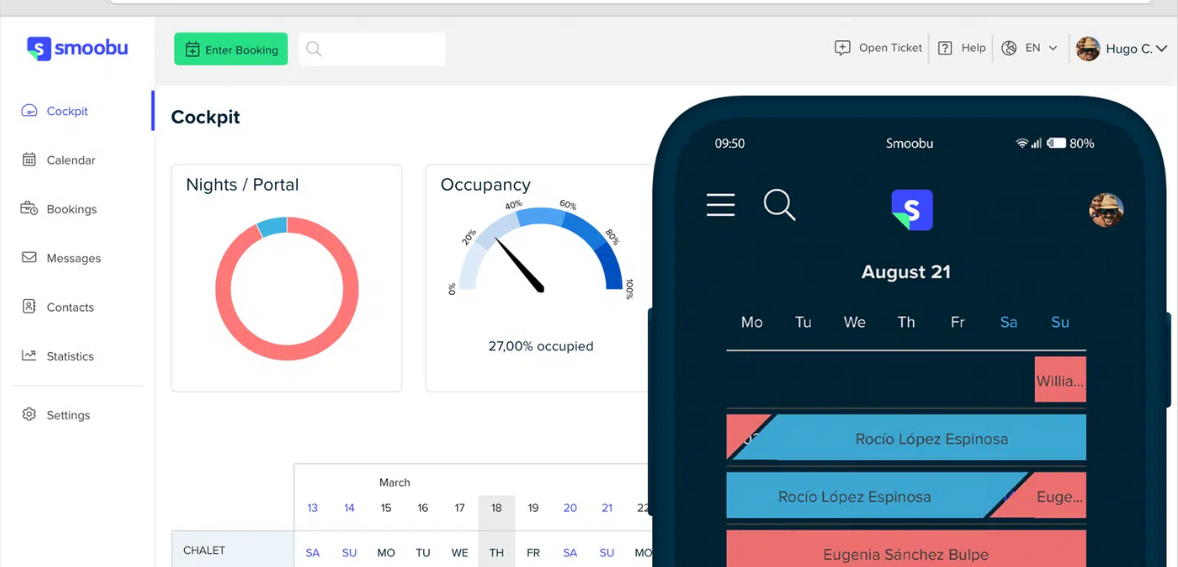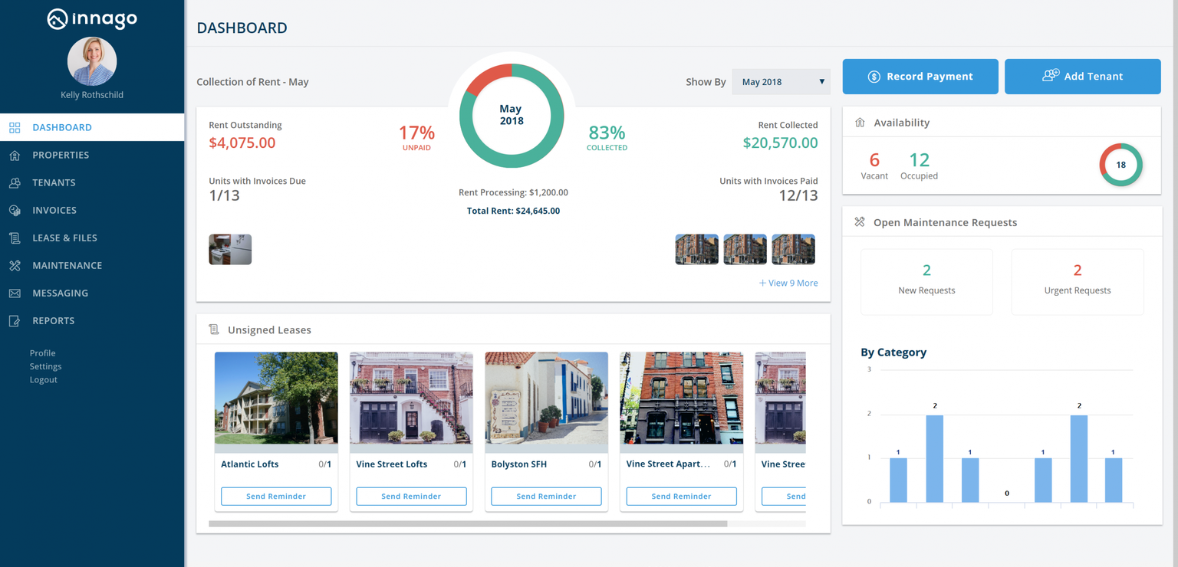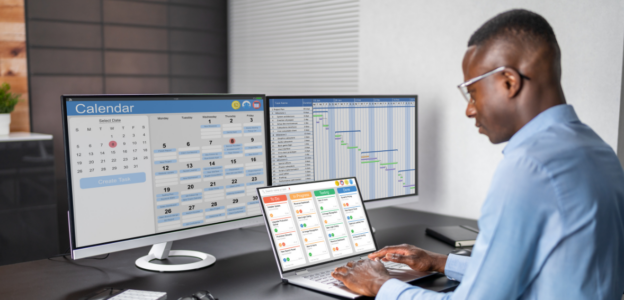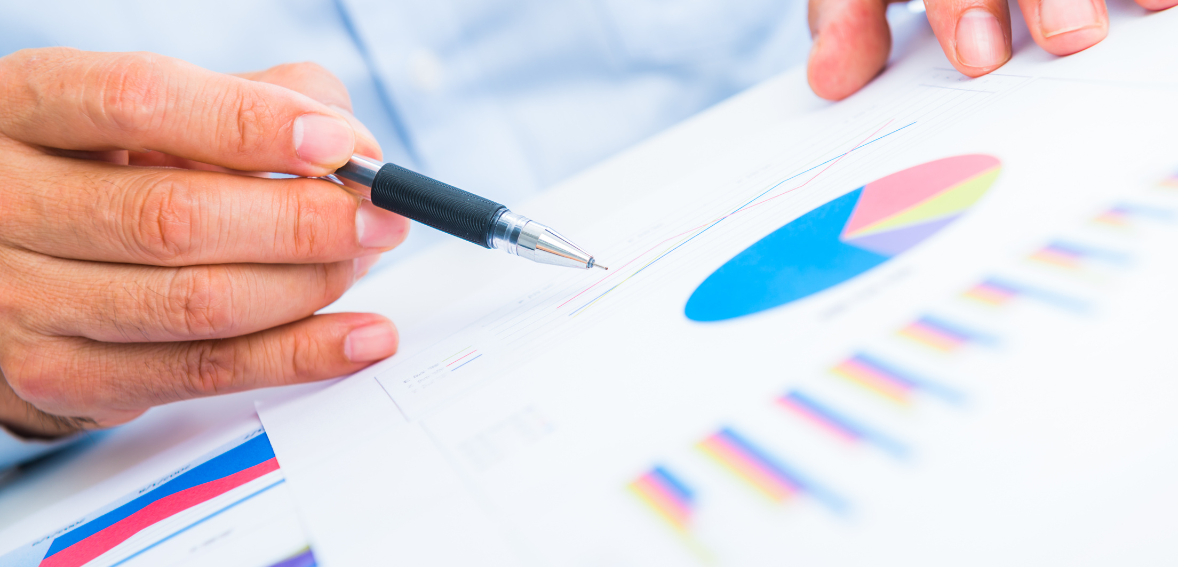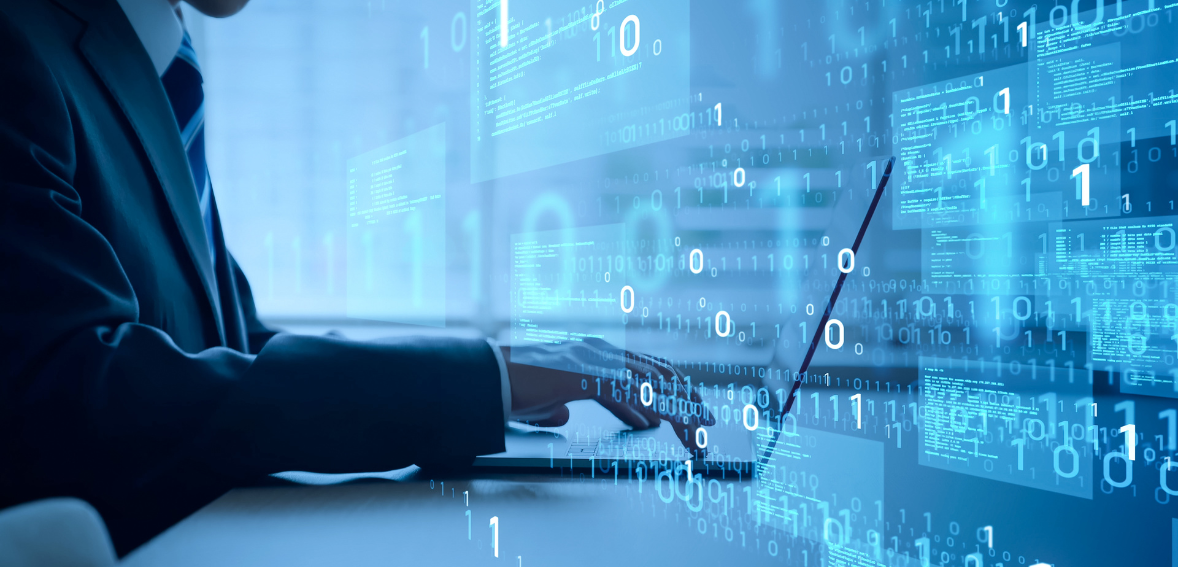The rental industry trends in 2025 are seeing some significant changes amid economic shifts, rising demands, and technological advancements. Property managers and owners may face challenges adapting to these developments to remain competitive and meet the tenants’ expectations in 2025.
In this article, we will go through rental industry trends and tips to implement the trends that can be the key to your rental property management success. Keep reading to position your properties for sustained success in a tough and competitive market.
2025 Rental Industry Trends: What to Expect
From lower construction costs of apartments to increased demand for affordable housing, here are some key developments and innovations expected to shape the rental industry in 2025:
Surge in Apartment Availability and its Impact on Rental Prices
2025 will start with an influx of apartments in the market across the United States. The expected number of total units to be pushed into the market is around 500,000, maintaining the mark set in 2024 with record-high completions of around 599,000.
However, the new apartments’ construction pace has slowed, with starts dropping to their lowest since early 2013, suggesting fewer new builds in the future.
The large number of new apartments available in 2025 could lead to lower rent increases, especially in areas where a lot of new housing is being added. For example, New York is expected to see nearly 35,000 new units, an 84.5% increase from 2024, while Los Angeles is set to add about 18,700 units, more than doubling its total from the previous year. With a surplus of new apartments in these cities, renters might find more deals as landlords try to keep their units filled.
On the other hand, in areas where fewer new apartments are being built, rent increases are likely to be more in line with the trends of the 2010s. Overall, nearly half of the top 50 U.S. markets are expected to see rent increases of between 2% and 3% in 2025, with more than 35% possibly seeing increases above 3%.
Eco-Friendly Rentals Gain Popularity

The rental market in 2024 is seeing a shift towards more sustainable living choices, with both renters and vacationers increasingly opting for eco-friendly accommodations. This change is noticeable in both the residential and holiday rental sectors.
Tenants are increasingly choosing homes with energy-saving appliances, eco-friendly building materials, and access to parks and natural surroundings. Developers are catching on and are starting to build properties that include these green features to attract these eco-conscious renters.
Similarly, there’s a growing demand for places that are kind to the environment in the vacation rental market. Travelers are looking for spots that use renewable energy and have effective waste management practices, reflecting a larger trend towards environmentally aware lifestyles.
For rental businesses, leaning into this eco-friendly wave is a smart move. Properties highlighting their green credentials draw in environmentally minded customers and boost the business’s overall image. By adopting energy-efficient tech, smart home features, and sustainable building materials, rental offerings stand out in a crowded market and appeal to a growing demographic of eco-aware clients.
Property Management Goes Digital
By 2025, managing properties is expected to become much more efficient through sophisticated software and automation. These technologies are designed to streamline everyday tasks for landlords and property managers, including collecting rent, handling maintenance requests, signing leases, and communicating with tenants. Automation is set to lighten the administrative load, freeing up property managers to concentrate on the more strategic aspects of managing properties.
Online portals are quickly becoming a norm, making it easier for tenants to pay rent, request repairs, and contact their landlords online. This shift not only makes daily operations smoother but also boosts tenant satisfaction by providing services that are convenient and easy to access. Additionally, the use of AI-driven virtual assistants and chatbots is on the rise, offering quick and tailored responses to tenant questions, which can improve the overall tenant experience and help keep them longer.
Adopting these digital tools is part of a larger move towards digital transformation in the property management sector, aimed at meeting the changing needs of tenants and enhancing the quality of service provided.
Growing Need for Affordable Housing
As economic uncertainties and inflation continue to impact renters nationwide, the demand for affordable rental housing is rising. This trend has been compounded by rent increases outstripping wage growth; from 2007 to 2024, rents have risen 17.6% faster than hourly wages.
To effectively respond to these challenges, here are a few strategies to consider:
- Market Research: It’s vital to keep tabs on local rental markets to set rent prices that are both affordable for tenants and profitable for landlords.
- Cost-Saving Features: Incorporating energy-efficient appliances and sustainable building materials can lower utility costs for tenants and make your properties more attractive.
- Government Programs: Look into federal and state programs offering incentives for affordable housing, like tax credits or grants. These can greatly support your efforts to meet the demand for reasonably priced rentals.
Rental Market Stays Robust with Strong Household Growth and Home Prices

Due to several influential factors, the U.S. rental market continues to see strong demand. As of September 2024, the number of U.S. households has reached approximately 132.5 million, showcasing continuous growth in household formation.
The cost differences between renting and buying a home continue to shape housing decisions. For example, in San Jose, CA, renting can be significantly cheaper than owning, with monthly cost differences reaching as high as $11,303.
Demographic trends also play a crucial role in boosting rental demand. Significant segments of the U.S. population, particularly young adults and seniors, often prefer renting due to its flexibility and lower initial costs. Together, these factors keep the rental demand vigorous across various U.S. regions.
Tech-Driven Rental Experiences
By 2025, technology has significantly reshaped the rental industry, boosting efficiency and customer satisfaction. Today, customers expect swift and streamlined processes for booking or renting everything from vacation homes to industrial equipment. Key technological advancements include automation, AI, and blockchain, which drive this transformation.
Automation and AI are revolutionizing operations by automating routine tasks, which saves time and reduces effort. AI tools are now adept at handling tenant screening, lease management, and maintenance scheduling, which enhances decision-making and improves tenant experiences. Additionally, smart home technologies like smart thermostats, lighting, and locks provide tenants with more control and convenience and promote energy efficiency.
Blockchain technology is improving security and transparency in rental transactions. It supports secure lease agreements, minimizes fraud, and maintains data integrity. Smart contracts facilitate automated legal agreements, and property titles and transaction histories are securely stored on the blockchain, streamlining property transactions and cutting down the need for intermediaries.
Digital marketplaces have also transformed the rental sector by connecting rental companies with customers via online platforms. This change has made it easier for customers to explore and rent items remotely, enhancing accessibility and convenience for everyone involved.
Subscription-Based Rental Models on the Rise
In 2024, subscription-based rental models will become increasingly popular across different industries, including fashion, automotive, and technology. This trend reflects a growing consumer shift toward preferring access to products over owning them, aligning with modern desires for flexibility and convenience.
In fashion, services like Rent the Runway offer subscription plans that let customers rent clothing and accessories. This approach provides access to a broad selection of designer items without requiring a purchase, appealing to those who value variety and sustainability in their wardrobes.
The automotive industry has also adopted subscription services, providing flexible vehicle access without long-term commitments. For example, companies like Loopit offer various car subscription models that allow consumers to switch cars or modify their plans as needed, offering greater convenience and adaptability.
In the technology sector, companies are offering subscriptions for high-end gaming PCs. For instance, NZXT allows users to rent top-performance equipment monthly, making cutting-edge technology affordable without the hefty initial investment.
These subscription-based models benefit businesses by creating a consistent revenue stream and building customer loyalty through continuous value and customization to meet individual needs. As consumer preferences lean more towards flexibility and access, subscription-based rentals are expected to grow even more popular across various sectors.
Renters Choosing to Stay Put More Often

Recent studies show that more renters are opting to stay in their current homes rather than move, influenced by economic conditions and property management tactics. According to a survey, 47% of renters plan to stay put from mid-2024 to mid-2025, marking the highest retention rate since 2021. This indicates that property management efforts to keep residents are working well.
One major reason for this trend is the cost difference between what current tenants pay and what new tenants would pay. The Federal Reserve Bank of Cleveland notes that, as of September 2024, existing tenants pay about 5.5% less than new tenants—a gap that, although narrower than during the peak of the pandemic, still encourages renters to stay in their current homes to avoid higher expenses related to moving.
The U.S. Census Bureau also points to a broader trend of declining renter mobility, with the percentage of renters moving annually decreasing by nine percentage points over the last two decades. This trend reflects a societal shift towards greater stability and the financial implications of moving.
Rental Property Owners Looking to Expand
Recent findings show that rental property owners are increasingly interested in growing their portfolios. According to a recent survey, 44% of owners plan to acquire new properties within the next two years, an increase of 9 percentage points since 2023.
The expectation of falling interest rates drives this surge in interest. The Federal Reserve has hinted at a cautious approach to lowering rates, with forecasts pointing to a federal funds rate of around 3.9% by the end of 2025, down from the current 4.25% to 4.50%.
With lower interest rates, borrowing costs decrease, making investing in property more appealing. This favorable financial climate is prompting investors wary of high rates to consider returning to the market. Additionally, predictions of mortgage rates stabilizing around 5.8% by the end of 2025 further strengthen this optimistic outlook for property investments.
Easing Zoning Restrictions to Boost Housing Production
To tackle the persistent housing shortage, especially in urban areas, state and local governments across the U.S. are revising zoning laws to support more housing development. These changes are designed to overcome the limits set by traditional single-family zoning, which has often restricted housing density and added to housing shortages.
For example, Oregon passed the House Bill 2001, which mandates that cities allow not only duplexes but also, in larger cities, triplexes and fourplexes in areas previously designated for single-family homes only. This law effectively ends exclusive single-family zoning throughout the state.
California has taken similar steps by promoting the construction of accessory dwelling units (ADUs) and passing Senate Bill 9, which lets property owners subdivide single-family lots to build more units. These initiatives aim to increase housing availability and make homes more affordable in a state with significant housing needs.
On a city level, Minneapolis has eliminated single-family zoning, allowing the development of duplexes and triplexes throughout the city to enhance housing diversity and affordability.
These zoning reforms represent a broader effort to reduce regulatory barriers, encourage higher-density housing, and address the national housing crunch. By allowing a greater variety of housing types to be built, these policy changes aim to meet the varying needs of communities and improve access to affordable housing.
AI Tools Gain Traction in Real Estate Communications and Marketing

AI is also making significant inroads in enhancing communication and marketing strategies. AI is not about replacing human interaction; it aids professionals by taking over routine tasks, allowing them to concentrate on building client relationships and applying their expert knowledge. This trend is expected to continue its growth through 2025.
AI is streamlining various tasks, such as drafting documents and managing client communications. For instance, JLL’s Chief Marketing Officer, Siddharth Taparia, has highlighted how AI has drastically reduced the time needed to prepare Memorandums of Understanding from months to hours. Plus, over 400 marketing staff members at JLL use AI tools daily, enhancing their efficiency and effectiveness.
Real estate agencies also turn to AI-driven chatbots to manage initial client inquiries, providing round-the-clock support and allowing human agents to focus on more complex concerns. Additionally, AI is improving property listings by creating high-quality images and virtual tours, offering potential buyers a more engaging viewing experience.
By automating routine activities and providing advanced data analysis, AI enables real estate professionals to spend more time on client interaction and strategic decision-making. As AI technology advances, its role in enhancing real estate communications and marketing is poised to grow, creating new efficiencies and opportunities for better client service.
Conclusion
The rental industry in 2025 is undergoing significant transformations, driven by shifts in supply, tenant preferences, and technological advancements. Property owners and managers face opportunities and challenges as they navigate changes such as increased apartment availability, growing demand for eco-friendly and affordable housing, and the rise of digital tools for property management. Embracing these trends can enhance competitiveness, improve tenant satisfaction, and ensure long-term profitability.
Whether it involves adopting green building practices, leveraging AI and automation, or exploring new business models like subscriptions, the key to success lies in adapting to evolving market dynamics. By staying informed and proactive, rental property stakeholders can position themselves to thrive in a competitive and ever-changing market environment.
Frequently Asked Questions
The rise in available apartments, especially in cities like New York and Los Angeles, is expected to slow rental price growth. To attract tenants in these markets, property managers may need to develop competitive pricing strategies and add amenities.
Technology will drive efficiency with tools like online rent payments, AI-powered support, and virtual tours. These innovations streamline operations and enhance the tenant experience, making them essential for staying competitive.
Property managers can attract environmentally conscious tenants by offering energy-efficient appliances, solar panels, and sustainable building features. Certifications like LEED or Energy Star and proximity to parks or transit also appeal to eco-focused renters.
